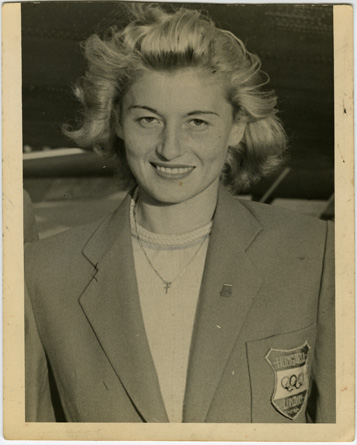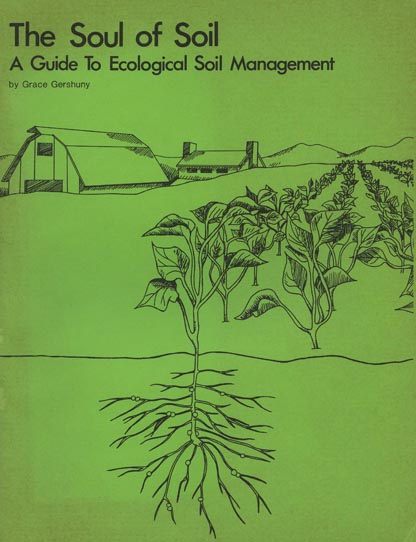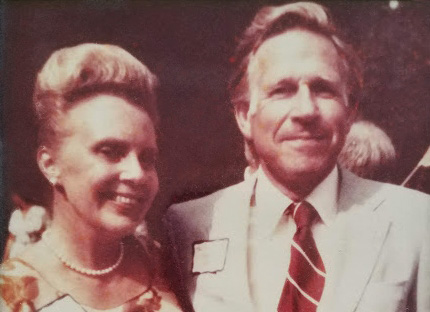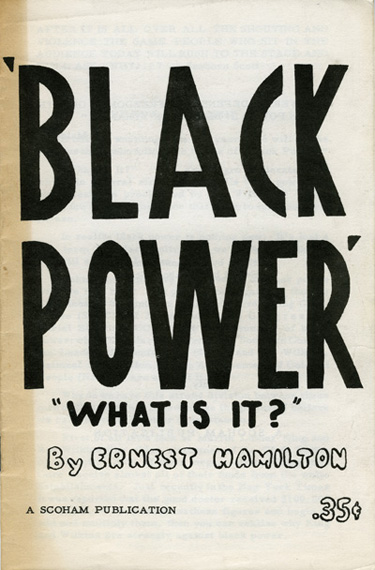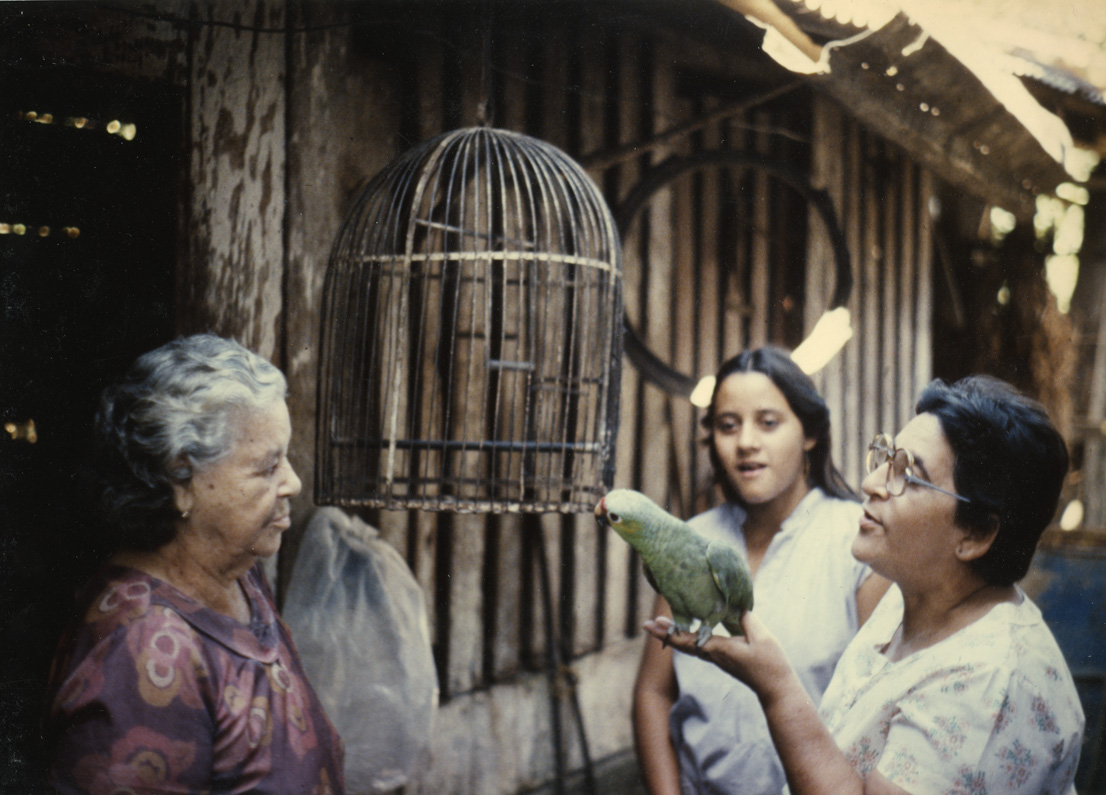Hampshire Council of Governments Records
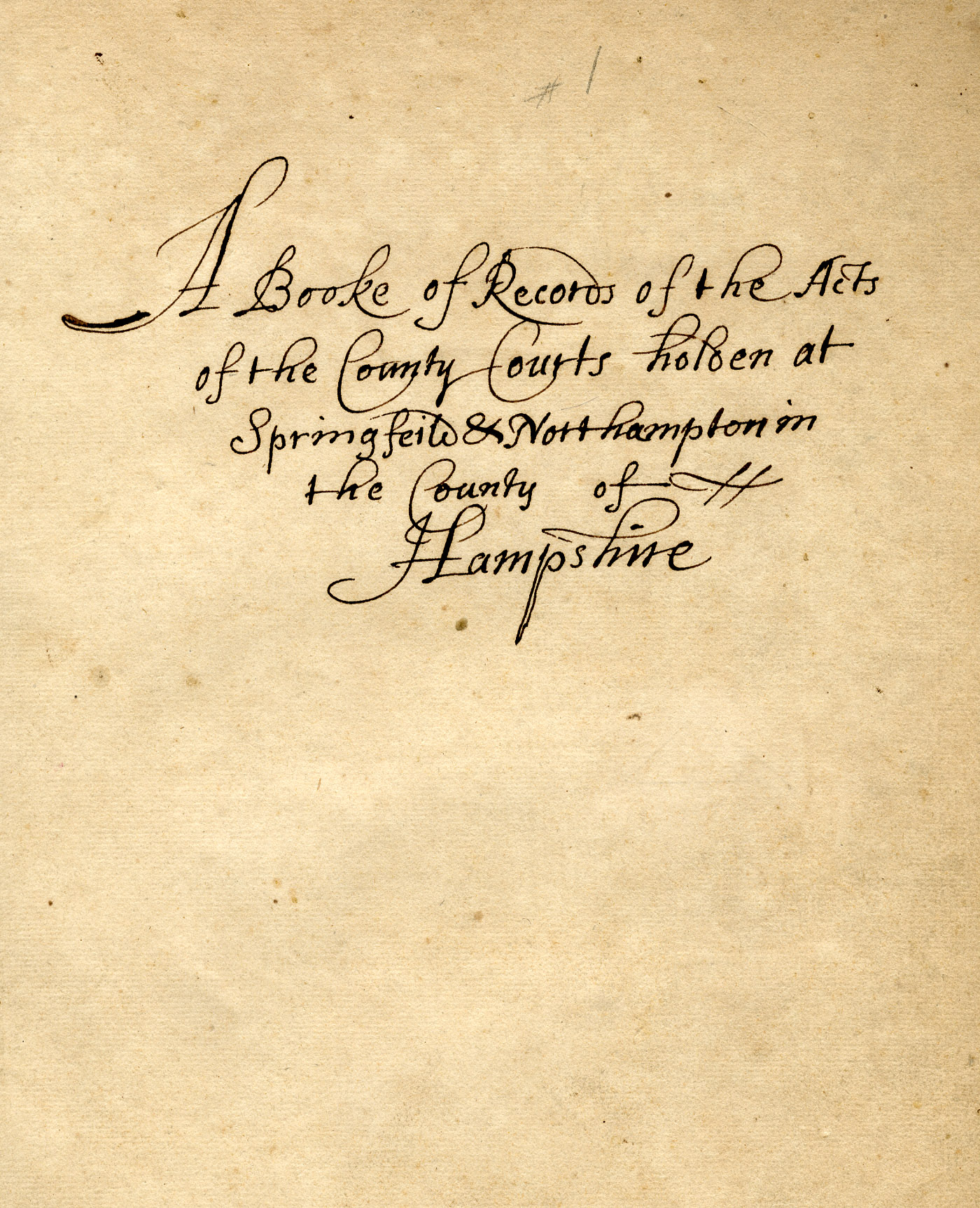
The Hampshire Council of Governments is a voluntary association of cities and towns and the successor to the former government of Hampshire County, Massachusetts, that was abolished in 1999. A body politic and corporate, its charter ratified by Massachusetts General Law 34B, S20(b), the Council oversees roadways, the electricity supply, building inspection, tobacco control, cooperative purchasing, and other services for member communities.
The Hampshire Council collection contains a dense record of county-level governance in western Massachusetts from the colonial period through the mid-twentieth century with extensive documentation of the actions of the County Commissioners, and before them the Court of Common Pleas and Court of General Sessions. Rich in documenting the development of the transportation infrastructure of western Massachusetts, the collection offers detailed information associated with the planning and construction of highways, canals, ferries, and railroads, but the early records offer a broad perspective on the evolution of the legal and cultural environment, touching on issues from disorderly conduct (e.g., fornication, Sabbath breaking) to the settlement of estates, local governance, public works, and politics.


